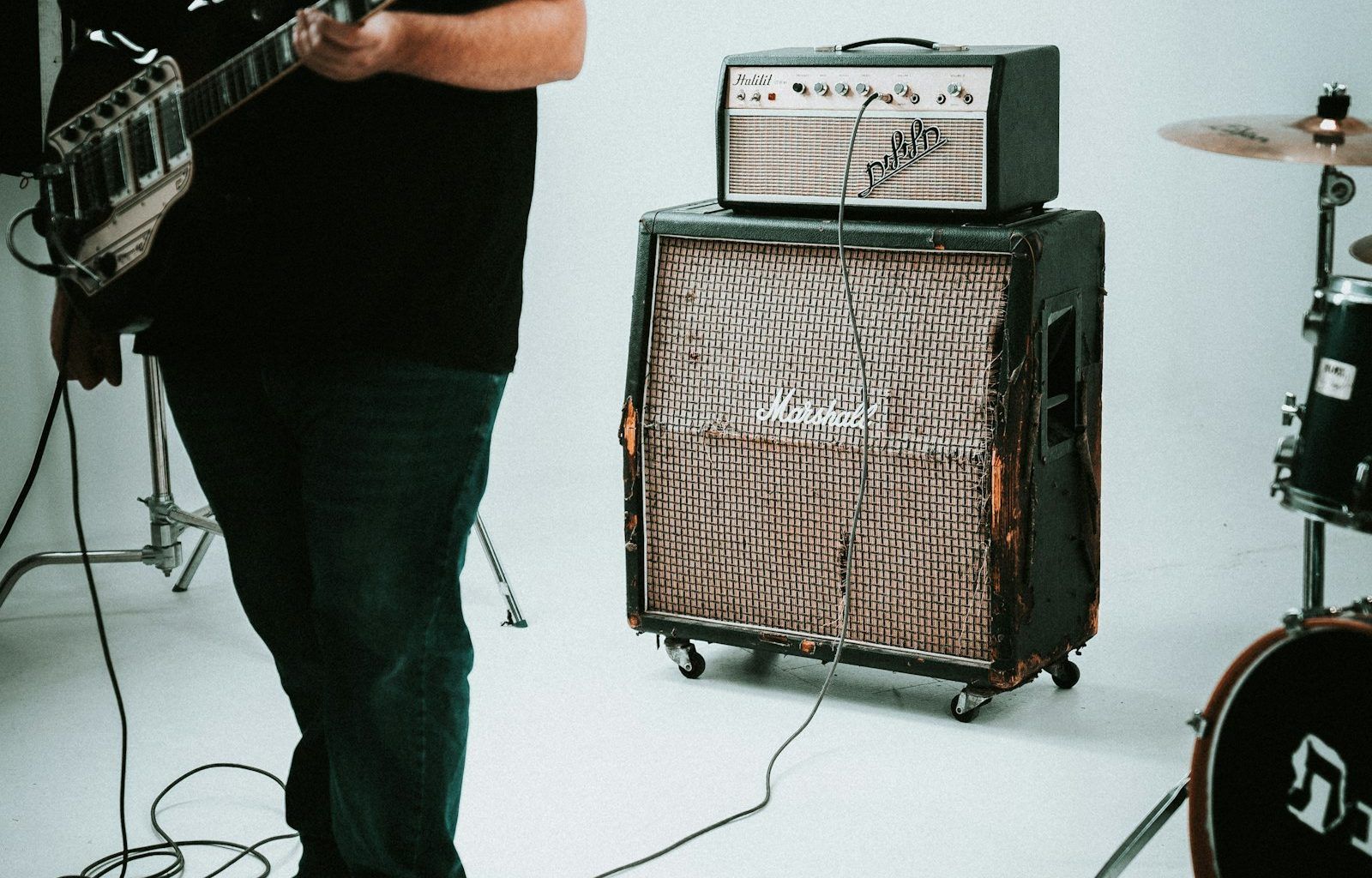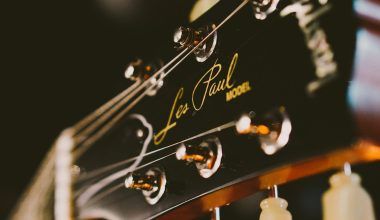Have you ever dreamed of having your own home studio? Whether you’re a musician, podcaster, or content creator, building a home studio can elevate your work to a whole new level. You don’t need to be a professional or have a massive budget to get started. With the right approach, you can create a functional and inspiring space right in your home. Let’s dive in and explore the steps to help you build a home studio that fits your needs and budget.
Step 1: Define Your Purpose
Before you start buying equipment or rearranging furniture, think about what you’ll be using the home studio for. Will you be recording music? Are you creating a podcast? Maybe you’re a voice-over artist or a YouTuber. Your purpose will determine what equipment and setup you’ll need. For example:
- Music production: Focus on quality audio interfaces, microphones, and instruments.
- Podcasting: Prioritize soundproofing and clear microphones.
- Video content: Lighting and camera setup will be crucial.
Step 2: Choose the Right Space
Now that you know your purpose, find the best spot in your home. You don’t need a huge room, but you do need a space that’s quiet and can be easily controlled for sound and lighting. Here are a few tips:
- Pick a quiet area: Avoid spaces near noisy appliances or high-traffic areas.
- Control sound reflections: Rooms with carpets and curtains are better because they absorb sound.
- Consider lighting: Natural light is great for video, but you might also need blackout curtains for controlled environments.
Step 3: Soundproof and Treat the Room
Soundproofing is essential for building a home studio. It keeps outside noise out and your recordings clear. Here’s how you can do it:
- Seal gaps: Use weatherstripping tape around doors and windows.
- Add insulation: Acoustic foam panels and bass traps help reduce echoes.
- Use rugs and curtains: These are simple ways to dampen sound.
Remember, soundproofing and acoustic treatment are not the same. Soundproofing blocks external noise, while acoustic treatment improves the quality of sound inside the room.
Step 4: Invest in Essential Equipment
Here comes the exciting part: choosing your equipment! While your exact needs will depend on your goals, here’s a basic list to help you get started:
- Computer: A reliable computer is the heart of your studio.
- Audio interface: This device connects your instruments and microphones to your computer.
- Microphones: Choose a good condenser mic for vocals or dynamic mics for instruments.
- Headphones and monitors: Studio-quality headphones and speakers are crucial for accurate sound.
- DAW (Digital Audio Workstation): Software like Logic Pro, Ableton, or GarageBand will let you record and edit audio.
Step 5: Organize Your Cables
A cluttered space can kill creativity. Keeping your cables organized not only makes your studio look professional but also saves time. Use cable ties, labeled clips, or a pegboard to keep everything neat and accessible.
Step 6: Customize Your Space
Your home studio should be a place where you feel comfortable and inspired. Add personal touches to make it uniquely yours:
- Lighting: Use LED lights to create a mood that suits your style.
- Furniture: Invest in an ergonomic chair and desk.
- Decor: Posters, plants, or artwork can make your studio feel more inviting.
Step 7: Test and Adjust
Once everything is set up, test your equipment and make adjustments as needed. Experiment with microphone placement, monitor positioning, and software settings. It’s okay if things aren’t perfect right away. Building a home studio is a learning process.
Step 8: Keep Improving
Your home studio will evolve as you grow. Over time, you might upgrade your equipment, improve your soundproofing, or even move to a bigger space. Stay open to change and keep refining your setup.
Final Thoughts
how to build a home studio might seem overwhelming at first, but it’s totally doable with a bit of planning and patience. Start with the basics, and don’t be afraid to get creative. Remember, the most important thing is creating a space where you can express yourself and bring your ideas to life. Now that you know how to build a home studio, it’s time to take the first step and make your vision a reality!
Related Articles:
For further reading, explore these related articles:
- A Deep Dive into the Most Popular Kpop Boy Groups in the World
- The World of BTS Shows: A Journey Through Their Unforgettable Performances
For additional resources on music marketing and distribution, visit DMT RECORDS PRIVATE LIMITED






